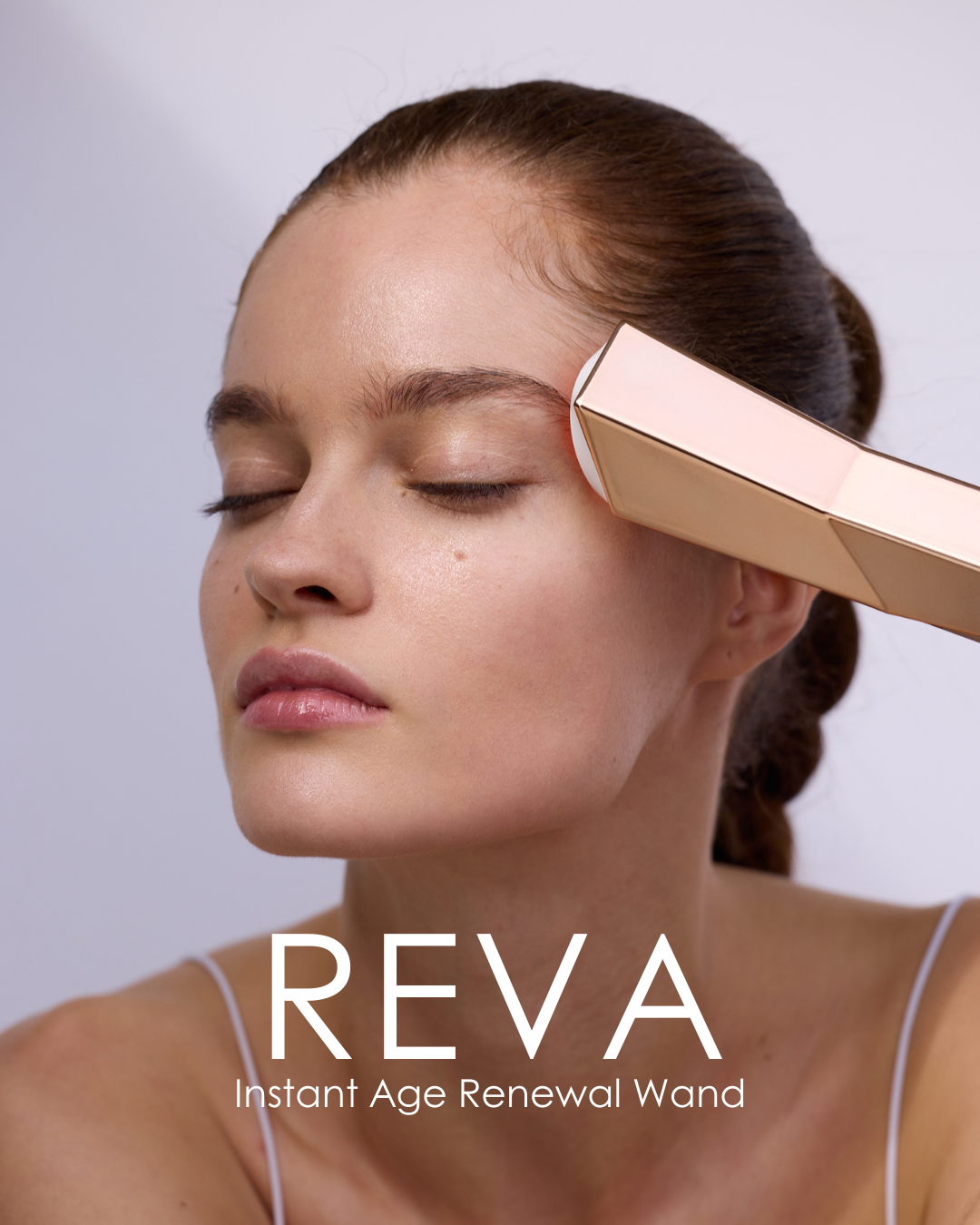
The Ultimate Guide to Blue Light Therapy for Acne
IN THIS ARTICLE:
- 01 What is Blue Light Therapy?
- 02 How Does Blue Light Therapy Work?
- 03 Is Blue Light Therapy Effective for Acne?
- 04 Is Blue Light Therapy Safe?
- 05 How to Use Blue Light Therapy At-Home?
- 06 Can I Use Red and Blue Light Therapy Together?
- 07 The Takeaway
4-minute read
What is Blue Light Therapy?
Blue light therapy can be seen as red light therapy’s shorter and more energetic little sister. Blue light therapy wavelengths typically range between 415nm and 460nm, much shorter than 633nm red light wavelengths. These shorter wavelengths are not to be underestimated and strongly impact the upper epidermal skin layer to destroy acne-causing bacteria P acnes.
How Does Blue Light Therapy Work?

Blue light therapy works by targeting porphyrins, molecules produced by P. acnes. When these molecules absorb the light energy, they generate reactive oxygen species that damage the bacteria's cell wall and DNA. Blue light therapy benefits go beyond eliminating bacteria, and the treatment can also alleviate inflammation, a key indicator of acne. By soothing inflamed skin, blue light reduces redness and swelling commonly seen with acne lesions. By addressing both the underlying cause of acne and associated inflammation, blue light therapy provides an effective pathway to achieving clearer, healthier skin.
Is Blue Light Therapy Effective for Acne?
Many scientific studies and clinical trials have established that blue light therapy can significantly impact the appearance of acne and prevent its recurrence over time.
A 2009 study published in the Journal of Clinical and Aesthetic Dermatology found that individuals with mild to moderate acne who underwent blue light therapy twice weekly for five weeks experienced a significant reduction in acne lesions.

Is Blue Light Therapy Safe?
Blue light therapy skin treatment, much like red light therapy, boasts an excellent safety profile. It is painless, non-invasive, and has minimal side effects. Blue light wavelengths do not emit UV radiation which is known to damage skin and increase cancer risk. As with any at-home skin treatment, it is important to exercise caution. In particular, it is important to:
- Purchase a blue light device from a reputable brand
- Choose a device with integrated eye protection or protective eye goggles
- If you suffer from hyperpigmentation, consult a dermatologist before starting blue light therapy treatments
- Follow the recommended treatment duration specific to your device, as the intensity of treatments can vary
How to Use Blue Light Therapy At-Home?
While blue light therapy masks are likely the most popular at-home device, you can also use blue light wands, pens, body panels, and patches. All devices come with a recommended treatment schedule, for example, the LumaLux Face+ LED masklight therapy facemask recommends short 3-minute treatments 3-4 times per week due to the power density of the device. Other devices recommend anywhere from 5 to 30 minutes.
Can I Use Red and Blue Light Therapy Together?

Red and blue light therapy is a highly effective treatment option, especially for those suffering from adult acne. Rather than viewing each technology in isolation, it’s beneficial to consider how they complement each other. They are not mutually exclusive, and combining them can enhance results. For instance, blue light reduces inflammation, offering anti-aging benefits, as chronic inflammation contributes to premature aging and tissue damage, leading to fine lines and wrinkles. On the other hand, boosting collagen production with red light can help repair skin damage from acne breakouts or long-term scarring. Instead of thinking in terms of red light therapy versus blue light therapy, it’s more effective to see them as partners working together to improve overall skin health. Red and blue light therapy benefits are not as distinct as might think initially.
LumaLux Face | Pro LED Light Therapy Mask
Our most advanced LED mask for deeper skin renewal - fine lines, acne, hyperpigmentation, skin texture
The Takeaway
Blue light therapy offers an innovative, non-invasive solution for tackling acne at its source, providing both immediate and long-term benefits. Its ability to target acne-causing bacteria while reducing inflammation makes it a versatile tool for clearer, healthier skin. When combined with red light therapy, the results can be even more impactful, addressing not only acne but also promoting skin repair and rejuvenation. Whether used individually or together, these therapies offer a powerful approach to skincare, helping you achieve a glowing complexion with minimal effort and downtime.

written by Sophie Flair















Leave a comment
This site is protected by hCaptcha and the hCaptcha Privacy Policy and Terms of Service apply.